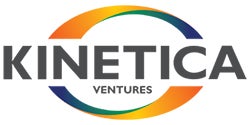Designed to transform CO₂ from environmental liability into economic opportunity, this prize challenged teams to develop breakthrough technologies that convert emissions into useful products and ignite a circular carbon economy.
Impact
Teams raised $110M to scale their solutions
Breakthrough solutions have prevented 500,000 metric tonnes of CO₂ from entering the atmosphere
7.5 million truckloads of lower carbon concrete mixes delivered by the winning team
Winners
Winners in both tracks, CarbonCure in the Natural Gas Track and CarbonBuilt in the Coal Track, developed strong, cost-effective, low-carbon concrete that locks away CO₂ permanently. Since winning the competition, their technologies have been adopted at hundreds of plants and manufacturing sites worldwide.
CarbonCure
CarbonBuilt
 Vodka (Air Co)
Vodka (Air Co)
 Hand Sanitizer (Air Co)
Hand Sanitizer (Air Co)
 Sunglasses (Carbon Upcycling-NLT)
Sunglasses (Carbon Upcycling-NLT)
 Purses (Carbon Upcycling-NLT)
Purses (Carbon Upcycling-NLT)
 Wallets (Carbon Upcycling-NLT)
Wallets (Carbon Upcycling-NLT)
 Phone Sleeve (Carbon Upcycling-NLT)
Phone Sleeve (Carbon Upcycling-NLT)
 Laptop Sleeve (Carbon Upcycling-NLT)
Laptop Sleeve (Carbon Upcycling-NLT)
 Straws (Carbon Upcycling-NLT)
Straws (Carbon Upcycling-NLT)
 Cutlery (Carbon Upcycling-NLT)
Cutlery (Carbon Upcycling-NLT)
 Watches (Carbon Upcycling-NLT)
Watches (Carbon Upcycling-NLT)
 Pens (Carbon Upcycling-NLT)
Pens (Carbon Upcycling-NLT)
 Coasters (Carbon Upcycling-NLT)
Coasters (Carbon Upcycling-NLT)
 Yoga Mats (Carbon Upcycling-NLT)
Yoga Mats (Carbon Upcycling-NLT)
 Crayons (Carbon Upcycling-NLT)
Crayons (Carbon Upcycling-NLT)
 Rings (Carbon Upcycling-NLT)
Rings (Carbon Upcycling-NLT)
 Bracelet (Carbon Upcycling-NLT)
Bracelet (Carbon Upcycling-NLT)
 Fuel (Breathe)
Fuel (Breathe)
 Slippers (C4X)
Slippers (C4X)
 Toothpaste (Carbon Capture Machine)
Toothpaste (Carbon Capture Machine)
 Dumbbells (CarbonCure)
Dumbbells (CarbonCure)
 Tiles (CO₂Concrete)
Tiles (CO₂Concrete)
Sponsors
Sponsors fund the prize journey from bold idea to breakthrough—shaping each competition, supporting global teams, and accelerating solutions that scale. Their backing powers impact that lasts well beyond the prize.
Latest News
Partners
Partners play a hands-on role in our prizes—co-designing competitions, supporting operations, and helping scale solutions with their expertise, resources, and global reach.
Advisors + Experts + Operations
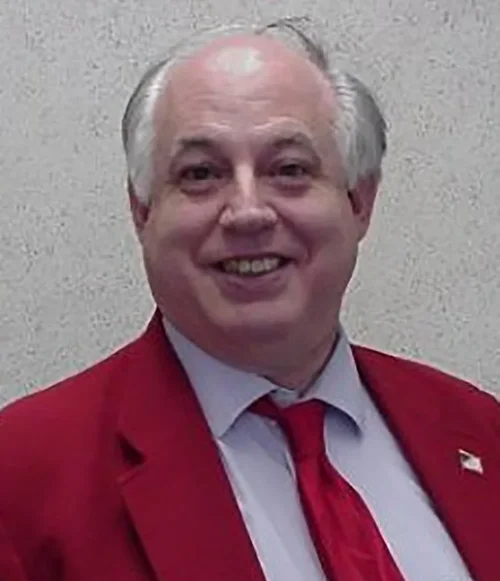





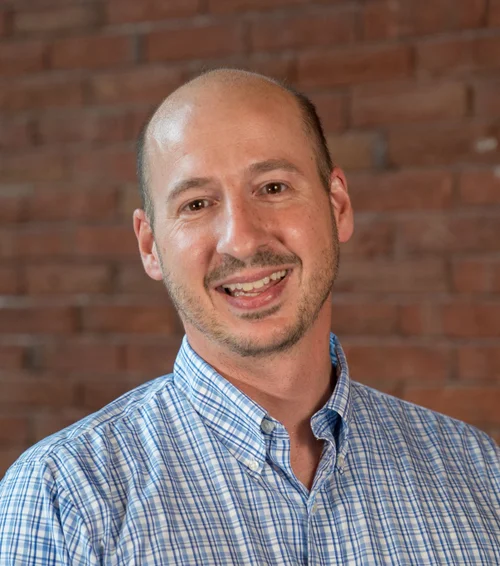
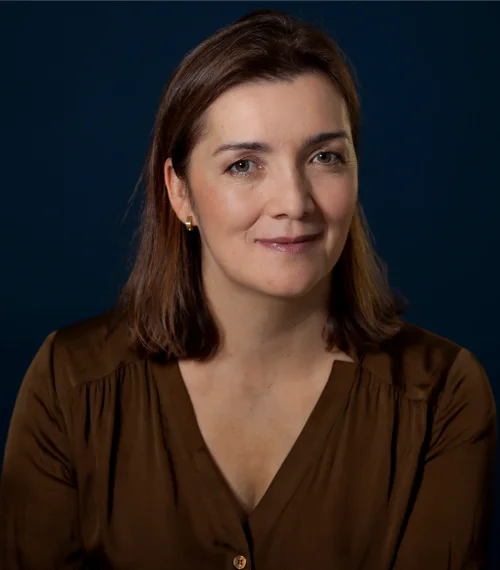

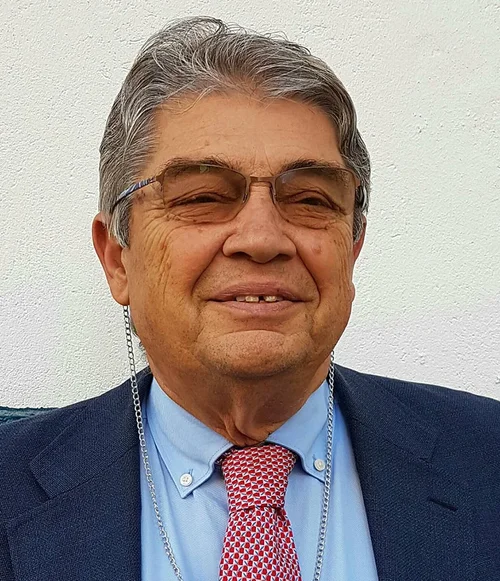






Each year, billions of tonnes of CO₂ are released into the atmosphere, driving the climate crisis, yet these emissions are still treated as waste. The challenge: capture CO₂ to create resources, rather than pollution.
Winning teams proved that CO2 can be converted into real products with value. From turning emissions into concrete to creating consumer products, finalists demonstrated real-world carbontech solutions that reduce emissions and make economic sense, accelerating a new market.
The $20M NRG COSIA Carbon XPRIZE challenged the world to reimagine CO₂ as a resource. Launched in 2015, this six-year global competition called on innovators to develop breakthrough technologies that convert CO₂ emissions into valuable products, at scale, and under real industrial conditions.
To facilitate this, XPRIZE partnered with the governments of Alberta and Wyoming to build two first-of-their-kind carbon conversion test centers: the Alberta Carbon Conversion Technology Centre and the Wyoming Integrated Test Center. These sites, backed by over $50M in public-private partnerships, allowed teams to demonstrate their technologies using flue gas from working coal and natural gas power plants.
Finalist teams poured more than 2.5 million hours into R&D, driving a 76% surge in patents, shaping ISO standards for carbontech validation, and attracting over $987M in follow-on investment. The prize not only accelerated breakthroughs but also ignited a global carbon-to-value market—setting a new benchmark for innovation in the field.
Grand Prize Winners CarbonCure and CarbonBuilt showed that emissions can be permanently stored in concrete while improving material performance. Chosen as Grand Prize Winners for their groundbreaking carbon-to-concrete technologies, CarbonCure and CarbonBuilt proved that CO₂ emissions can be permanently stored while improving material performance. Their solutions are scaling worldwide—turning a climate liability into an economic engine.
Launched in 2015, the prize concluded in 2021 with CarbonBuilt and CarbonCure named winners of their respective tracks. Finalists tested their tech at live power plants in Wyoming and Alberta, supported by $50M in infrastructure funding—moving carbontech from lab to market.
Other Competitions
IN ENERGY + CLIMATE + NATURE

























